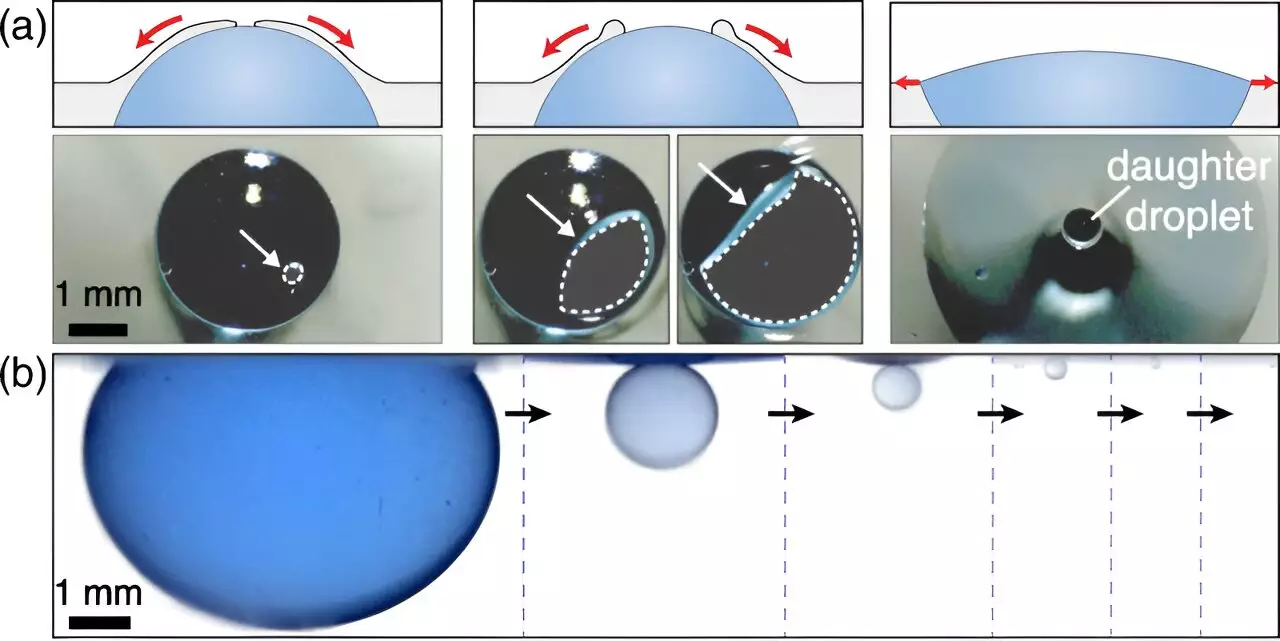The impact of oil spills on the environment is well-documented, but a recent study from the University of Illinois Chicago has shed light on a previously unknown aspect of these disasters. The research conducted by a team led by Sushant Anand revealed that oil drops from underwater spills can break into smaller droplets at the surface, remaining suspended in the water. This discovery has significant implications for oil spill cleanups and environmental protection efforts.
Traditionally, it was believed that oil drops from underwater spills would rise to the surface and form a flat film, creating an oil slick. However, the UIC team’s research uncovered a different pattern. When oil drops reach the water’s surface, they remain partially submerged before breaking into smaller “daughter” droplets. This cyclical process results in tiny oil droplets being dispersed throughout the water, making cleanup efforts more challenging than previously thought.
The revelation that some oil from underwater spills remains permanently submerged underscores the need for a deeper understanding of oil dispersion mechanics. Anand emphasized the environmental implications of this discovery, highlighting the importance of developing effective cleanup strategies for both surface and underwater oil spills. The presence of smaller oil droplets underwater poses a unique challenge due to the increased difficulty in cleaning them up.
One potential solution proposed by Anand is to increase the viscosity of the water to keep oil drops intact. By preventing the formation of daughter drops, cleanup efforts could be more successful. Additionally, the use of biodegradable, water-soluble compounds at the site of a spill may help mitigate the spread of oil pollution in the water. These innovative approaches could revolutionize oil spill cleanup methods and minimize the environmental impact of such disasters.
The findings of the study also have implications for the oil industry, particularly in predicting the size and spread of spills. Anand suggested that oil companies should consider incorporating this new information into their spill models to improve the accuracy of their calculations. Understanding how tiny oil droplets impact underwater species is another area that warrants further research, as the consequences of oil spills extend beyond surface pollution.
The research conducted by the UIC team has unveiled a hidden danger associated with underwater oil spills. By delving into the mechanics of oil dispersion, the study has revealed a previously unknown pathway through which oil pollution can spread in the ocean. This groundbreaking discovery paves the way for the development of more effective cleanup strategies and highlights the need for increased awareness of the environmental impact of oil spills.


Leave a Reply